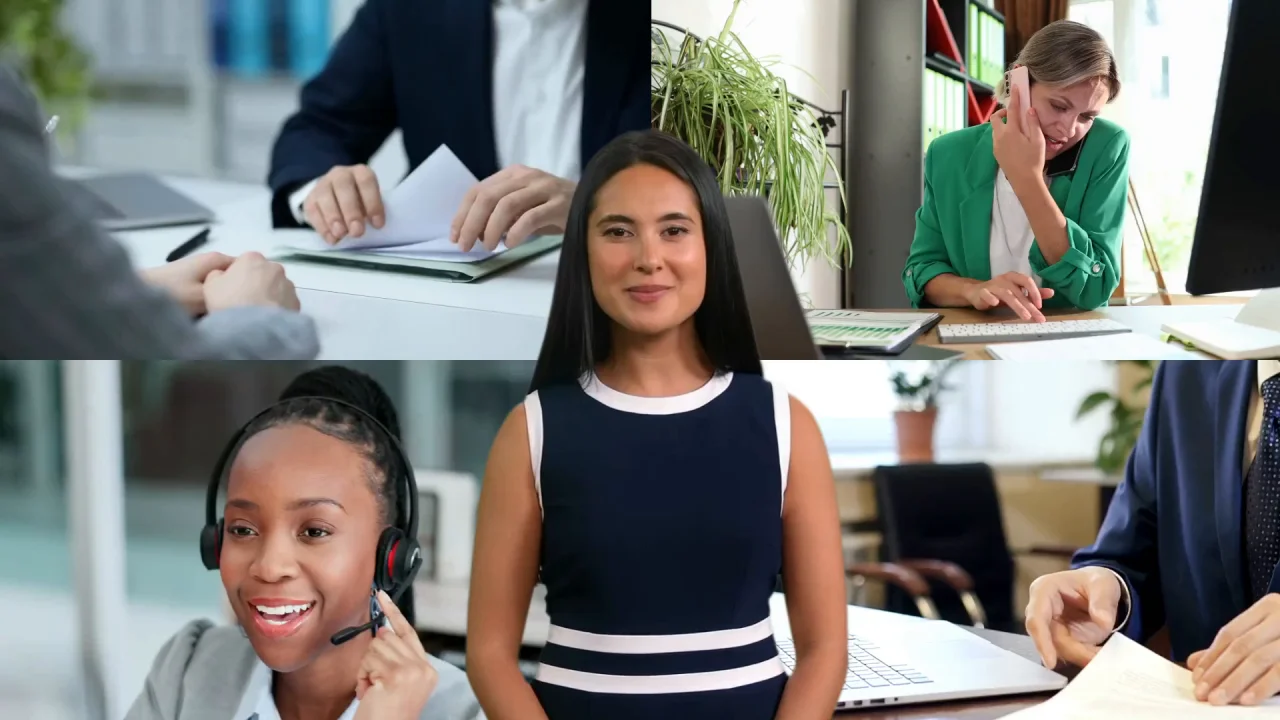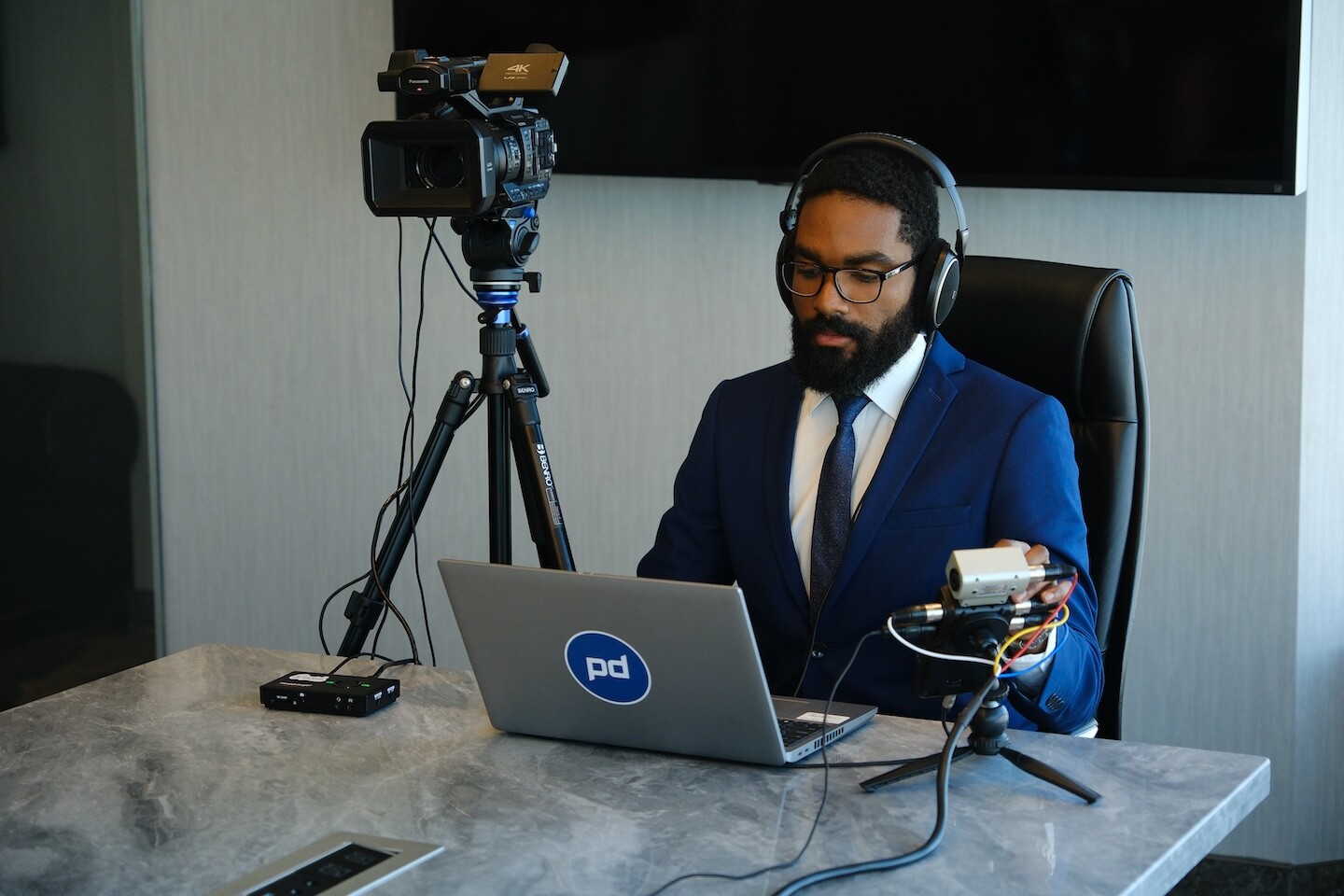Expert legal video: Technical essentials every attorney should know
Devices and ToolsQuality legal video production counts greatly on customized tools and devices made to capture, modify, and supply clear and effective aesthetic proof. Essential elements include high-definition cameras that ensure crisp photo high quality, together with microphones that capture audio with quality, decreasing history noise. Tripods and stablizing systems enhance the steadiness of footage, substantial for maintaining viewer focus. Illumination tools is also crucial, as it assists brighten subjects effectively, minimizing shadows and boosting visibility. Additionally, mobile recording gadgets are frequently made use of for depositions and interviews, ensuring flexibility in numerous settings. Eventually, the right combination of these tools not only promotes accurate paperwork however additionally supports influential presentations in the courtroom, reinforcing the honesty of the legal process.
Video Modifying Techniques
Effective legal video production prolongs beyond catching high-grade video footage; it likewise encompasses innovative editing strategies that enhance the presentation of visual proof. One key method involves the cautious selection of relevant clips that best support the situation story. Editors commonly use changes, such as fades and cuts, to maintain visitor interaction while ensuring a rational flow of info. Color improvement and audio harmonizing are necessary for clarity, enabling jurors to concentrate on the content without interruptions. Additionally, message overlays can emphasize crucial points or offer context, making complicated details extra accessible. expert legal video. By employing these modifying techniques, legal video professionals develop engaging aesthetic help that properly share the significance of the instance, eventually offering to strengthen the disagreements offered in the court
Presentation Formats Clarified
While different discussion formats exist, each offers a distinct purpose in the domain name of legal video production. Usual styles consist of depositions, test presentations, and video displays. Depositions normally capture witness testaments, assuring a trusted document for future reference. Trial presentations make use of edited video sectors to succinctly share crucial points, frequently improved with graphics and annotations for clarity. Video clip displays work as aesthetic aids, providing jurors with context and reinforcing vital disagreements. Each format depends on sophisticated modern technology, consisting of top quality electronic cameras and modifying software, to ensure clarity and professionalism and reliability. By picking the appropriate style, legal groups can successfully interact their story, helping with a more appealing court experience that supports their situation goals.
Ideal Practices for Capturing Legal Video
Capturing high-grade legal video calls for careful factor to consider of equipment selection and configuration, making certain ideal lights and sound top quality. Reliable editing and post-production techniques likewise play an essential duty in offering the end product clearly and expertly. These ideal techniques are crucial for keeping the honesty and efficiency of legal video documentation.
Devices Choice and Arrangement
Choosing the right equipment for legal video production is essential for making sure high-grade footage that fulfills legal criteria. Specialists typically select high-def cams with the ability of recording clear, in-depth images. Tripods are vital for stability, avoiding shaky video footage that can undermine the discussion. In addition, using multiple electronic camera angles can improve the narrative by supplying different perspectives. It is additionally recommended to have backup recording tools to stop information loss. Storage space solutions must be reputable and adequate to accommodate huge video documents. When picking devices, mobility is essential, as legal setups can differ in dimension and area. Video codecs ought to be compatible with editing software to facilitate smooth post-production procedures.
Illumination and Audio Quality
Effective lights and audio quality are crucial elements in the production of legal video, as they greatly affect the quality and professionalism and reliability of the final product. To attain suitable lighting, it is necessary to make use of soft, diffused light sources that decrease severe darkness and avoid glare. Placement lights tactically to illuminate topics evenly, making certain all faces and information show up. Regarding noise, utilizing high-grade microphones is essential; lavalier mics are often favored for their capability to catch discussion plainly while reducing history sound. In addition, checking ambient sound degrees during recording can aid maintain audio consistency. By sticking to these ideal methods, legal experts can improve the performance of their video discussions, ensuring they communicate the designated message with precision.
Editing and Post-Production Techniques
After guaranteeing optimal lighting and sound high quality, the following phase in producing legal video includes thorough editing and enhancing and post-production techniques. This phase is important for enhancing the clarity and expertise of the last item. It typically consists of reducing unneeded video footage, fixing shade inconsistencies, and readjusting audio levels to assure crisp audio high quality. Incorporating graphics, such as titles or comments, can help emphasize bottom lines and supply context. Additionally, seamless shifts between segments add to a systematic story flow. Legal video editors must additionally be mindful of conformity with legal standards and privacy considerations, ensuring that sensitive information is dealt with appropriately. Inevitably, reliable modifying and post-production raise the high quality of legal discussions, making them a lot more impactful in the court room.
Incorporating Legal Video Into Test Approach
Incorporating legal video into test method can substantially improve the presentation of evidence and narratives in the court. By effectively using video, lawyers can offer aesthetic context that reinforces their disagreements and aids jurors grasp complicated information much more conveniently. Legal video clips can include witness testaments, reenactments, or aesthetic evidence that supports the situation, creating an engaging story that resonates with the target market.
Incorporating legal video permits for critical pacing throughout a test. Lawyers can select when to provide video evidence to maximize its effect, aiding to keep juror interaction and focus. Additionally, the usage of legal video can help with clear interaction of bottom lines, making certain that vital elements of the situation are not neglected. Overall, including video elements thoughtfully into test technique can significantly influence the court's understanding and understanding, possibly persuading the end result for the presenting my website celebration.
Enhancing Court Involvement With Legal Video
Jurors typically face info overload during tests, boosting their involvement with legal video can greatly improve their emphasis and understanding. Legal video acts as a vibrant tool that changes intricate details into absorbable visual narratives. By integrating video discussions, lawyers can efficiently highlight crucial proof, witness testimonies, and case timelines, making the content much more relatable and easier to understand.
Visual components record jurors' attention, allowing them to absorb details better than via verbal explanations alone. In addition, the use of high-quality legal video can evoke psychological responses, fostering Learn More a much deeper link to the case. This emotional engagement can significantly influence jurors' assumptions and decision-making procedures.
Ultimately, legal video not only clarifies detailed details yet likewise strengthens the overarching motifs of a test, making certain that jurors stay involved and informed throughout the proceedings. Because of this, it arises as an indispensable property in modern court room presentations.
Instance Researches: Successful Use Legal Video in Trials
As legal experts progressively acknowledge the effect of visual narration, various study illustrate the effective application of legal video in trials. One significant case entailed a personal injury claim where video depositions of witnesses substantially boosted the court's understanding of the case. The brilliant imagery and psychological statements developed an engaging narrative that affected the jurors' perceptions.
In one more circumstances, a criminal trial used surveillance footage to reconstruct the events leading up to a burglary (expert legal video). The video evidence made clear incongruities in witness statements, ultimately persuading the court's decision towards a conviction
A corporate litigation situation showcased the calculated usage of computer animations to describe complex monetary purchases, enabling jurors to comprehend complex details easily. These instances highlight how legal video not only help in offering evidence but also enhances overall engagement, bring about more informed court considerations and end results in different legal contexts.
Regularly Asked Questions

Just How Is Legal Video Different From Typical Video Recording?
Legal video differs from conventional video recording in its objective their explanation and adherence to specific legal criteria. It focuses on quality, information, and correct documents, making certain that the footage appropriates for use in legal procedures.
What Are the Expenses Connected With Legal Video Production?
The costs connected with legal video production vary extensively, influenced by aspects such as equipment quality, modifying complexity, and the production group's knowledge. Additional expenditures might consist of area fees and post-production solutions for optimal presentation.
Can Legal Video Be Made Use Of in Appellate Judiciaries?
Legal video can be made use of in appellate courts, primarily as a device for demonstrating trial process. Its admissibility depends on administrative rules and whether it serves to clarify the record or procedural concerns.
What Are the Legal Requirements for Utilizing Video in Court?


The legal needs for using video in court normally consist of adherence to regulations of evidence, appropriate verification, ensuring significance, and conformity with administrative guidelines. These elements assure the stability and reliability of the video proof offered.
Just how Do I Pick a Legal Video Service Provider?
Choosing a legal video provider involves evaluating experience, modern technology, and credibility. Take into consideration factors such as certification, client endorsements, and schedule to assure the company satisfies details legal demands and improves court room performance.